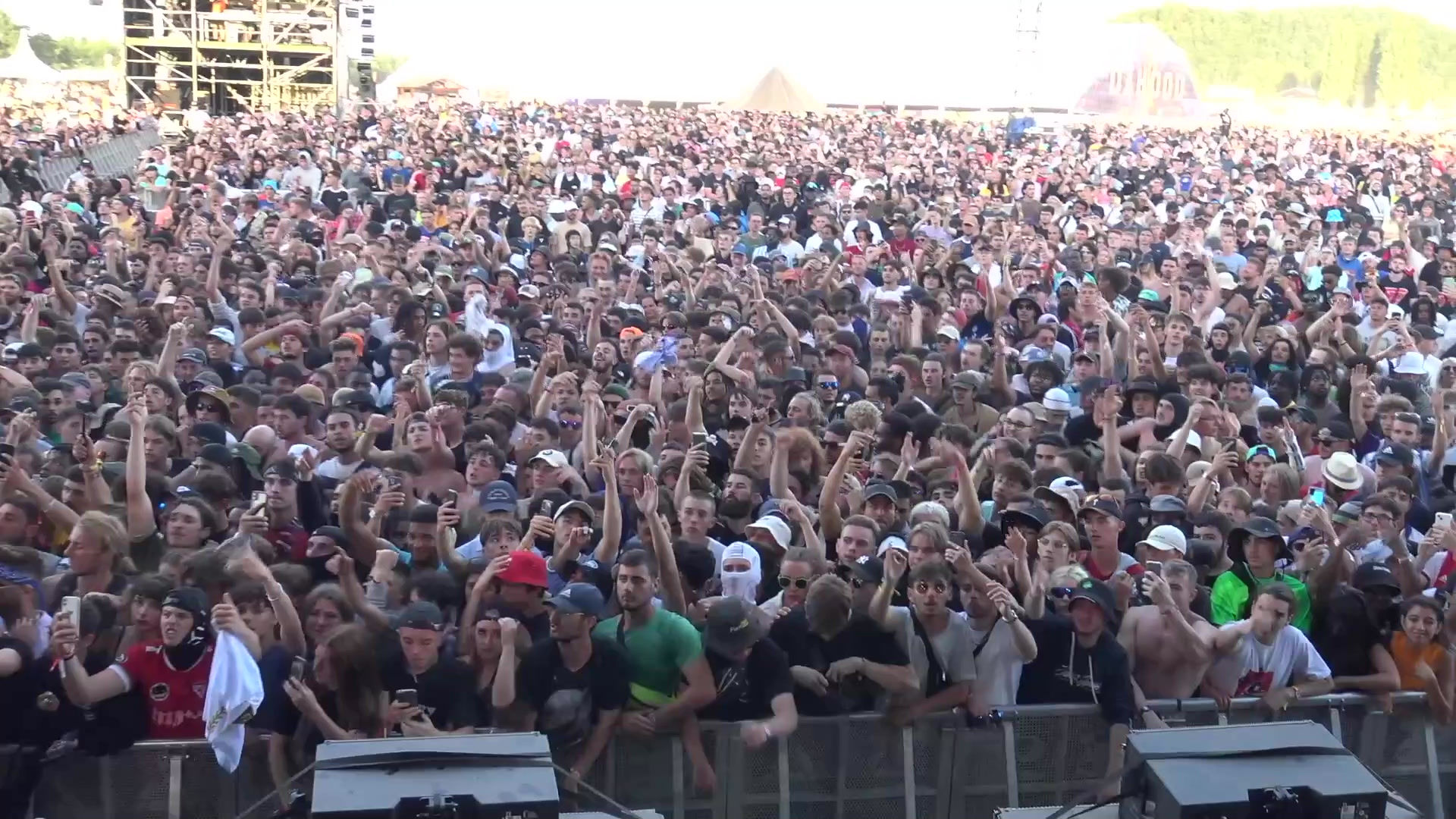Video Transitions: Which Ones to Use and When?
- ALECBEATSEDITS.

- Feb 19
- 1 min read
Video transitions are powerful tools for enhancing storytelling and captivating viewers. However, their use requires a touch of subtlety. Choosing the right transition at the right time is essential to create smooth and professional videos. At ALECBEATSEDITS, specialists in video editing services, digital marketing services, and social media content creation, we know how to integrate transitions strategically.
1. Why Use Video Transitions?
Transitions help to:
Visually connect two scenes,
Add rhythm or dynamics to the video,
Highlight key moments.
However, a poorly chosen transition can feel out of place and distract the viewer.
2. Classic Transitions: For a Professional Look
Some transitions are timeless and work in almost any context:
Cut: Simple and direct, perfect for fast-paced, dynamic videos.
Crossfade: Smooth and fluid, great for indicating a temporal or emotional shift.
Fade to Black/White: Used to mark the beginning or end of a sequence.
These transitions are subtle yet effective when placed appropriately.
3. Stylized Transitions: When to Use Them?
For more creative videos, stylized transitions add character:
Zoom or Spin: Excellent for dynamic content like promotional or sports videos.
Slide: Ideal for presentations or educational videos.
Graphic Effects: Perfect for content tailored to social media.
At ALECBEATSEDITS, we incorporate these transitions while ensuring their relevance to your marketing content strategy.
4. Tips for Using Transitions Effectively
Less Is More: Too many different transitions can reduce clarity.
Sync with Music: A transition aligned with the musical beat is far more impactful.
Visual Consistency: Choose transitions that match the overall style of the video.






Comments